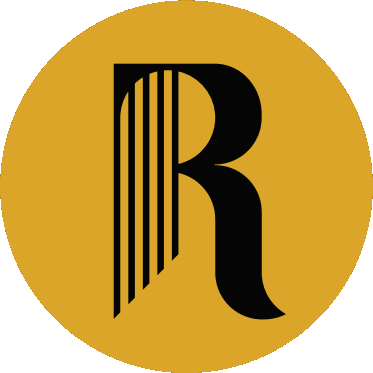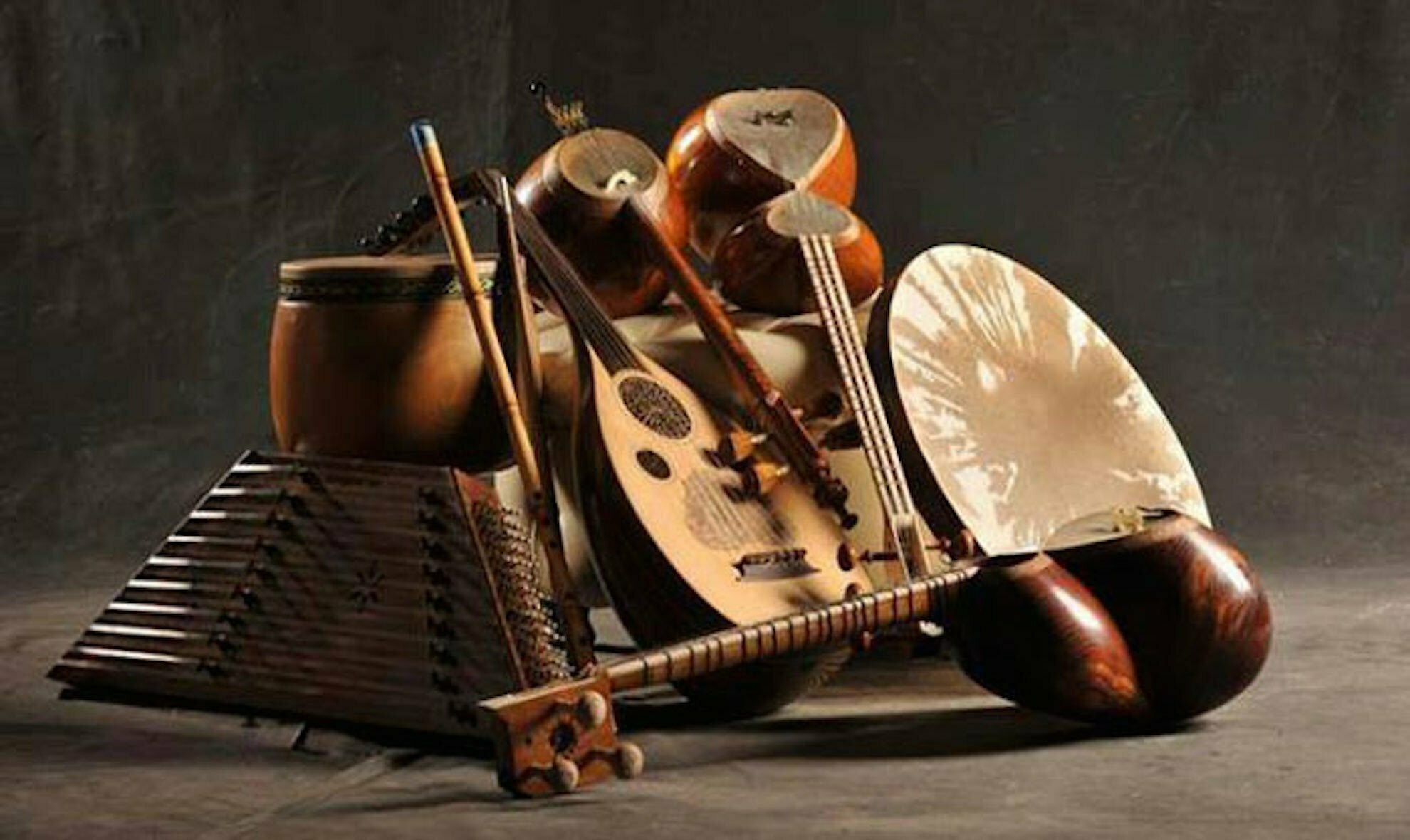General Articles
Exploring the Unique Characteristics of Persian Musical Instruments
Persian music is known for its rich history and cultural significance. It is one of the oldest musical traditions in the world, with a history dating back over 3,000 years. One of the defining features of Persian music is its unique instruments, which contribute to the distinctive sound of this genre. In this article, we will explore what makes Persian musical instruments unique.
Ancient roots
The history of Persian music goes back to ancient times, and many of the instruments used in this genre have been around for centuries. For example, the tar, which is a plucked string instrument, dates back to the 18th century. Similarly, the ney, a wind instrument made of bamboo, is believed to have been used in Persia since the 5th century BC. This ancient lineage gives Persian instruments a unique character and a sense of history that cannot be replicated.
Unique scales and modes
Persian music is based on a system of scales and modes that are different from those used in Western music. These scales, known as dastgahs, have intricate patterns of intervals that give Persian music its distinctive sound. The modes used in Persian music are also different from Western modes. For example, the shur mode, which is commonly used in Persian music, has a flattened second and sixth degree, giving it a mournful and melancholy quality.
Microtonal intervals
One of the most unique features of Persian music is the use of microtonal intervals. These are intervals that are smaller than a semitone, which is the smallest interval used in Western music. Persian instruments are designed to produce these microtonal intervals, giving Persian music its characteristic sound. For example, the tar has movable frets that can be adjusted to produce microtonal intervals, while the santur, a hammered dulcimer, has a complex system of bridges that allow for precise tuning.
Ornamentation and improvisation
Persian music is highly ornamented, with musicians using a variety of techniques to embellish melodies and add depth to the music. These techniques include trills, slides, vibrato, and glissandi. Improvisation is also an important part of Persian music, with musicians often taking turns to improvise on a given melody or rhythm. This improvisation allows for a high degree of creativity and spontaneity in the music.
Percussion instruments
Persian music has a wide variety of percussion instruments, which add rhythmic complexity and texture to the music. These include the tombak, a goblet-shaped drum, and the daf, a large frame drum with metal rings attached to the inside. The tonbak, a cylindrical drum, is also commonly used in Persian music. Percussion instruments in Persian music are often played in complex rhythms, adding to the intricate and layered sound of the music.
String instruments
String instruments are an important part of Persian music, and many of them have unique features that set them apart from Western string instruments. For example, the kamancheh, a bowed string instrument, has a small, rounded body and a long neck. It is played vertically, with the musician holding it between their knees. The setar, another plucked string instrument, has three strings and a fretless fingerboard, allowing for a wide range of pitches and microtonal intervals.
Wind instruments
Wind instruments are also an important part of Persian music, with the ney being one of the most iconic. This instrument, made of bamboo, has a unique sound that is both haunting and ethereal. The ney is played by blowing across the mouthpiece, with the musician using their fingers to cover and uncover the finger holes to produce different pitches. Other wind instruments used in Persian music include the sorna, a double-reed instrument similar to the oboe, and the duduk, a double-reed instrument made of apricot wood.
Fusion with other musical traditions
Over the years, Persian music has incorporated elements from other musical traditions, such as Turkish and Indian music. This fusion has led to the development of new instruments and styles of music. For example, the santur, a hammered dulcimer used in Persian music, was adapted from a similar instrument used in Indian classical music. Similarly, the oud, a plucked string instrument commonly used in Persian music, has roots in the Middle East and North Africa.
Emphasis on emotion and expression
One of the defining features of Persian music is its emphasis on emotion and expression. Persian musicians often use music as a way to express their feelings and connect with their audience on an emotional level. This emphasis on emotion is reflected in the intricate ornamentation and improvisation that are characteristic of Persian music. The use of microtonal intervals and unique scales and modes also adds to the emotional depth and complexity of the music.
In conclusion, Persian musical instruments are unique due to their ancient roots, unique scales and modes, use of microtonal intervals, ornamentation and improvisation, wide variety of percussion, string and wind instruments, fusion with other musical traditions, and emphasis on emotion and expression. These elements come together to create a rich and complex musical tradition that has stood the test of time. Whether you are a musician or a music lover, exploring the world of Persian music and its instruments is sure to be a rewarding experience.

